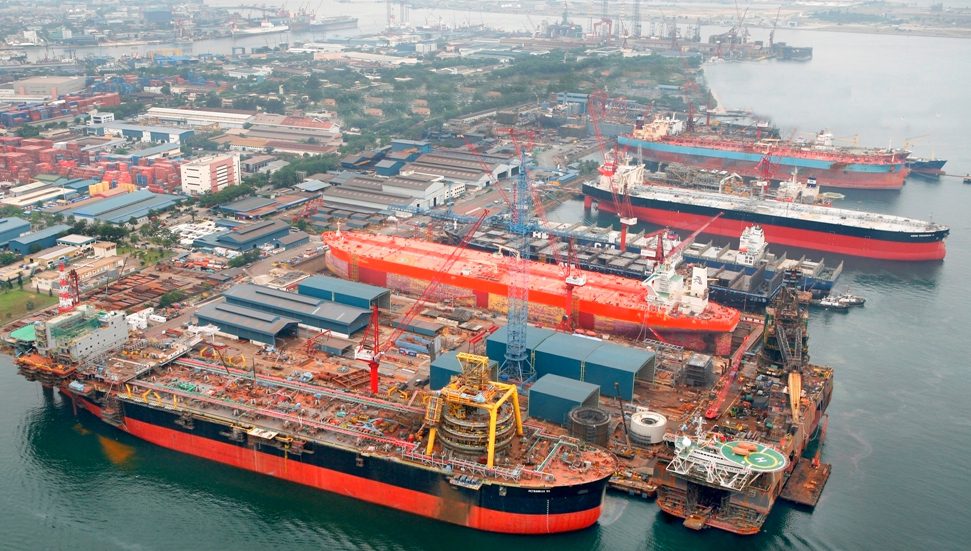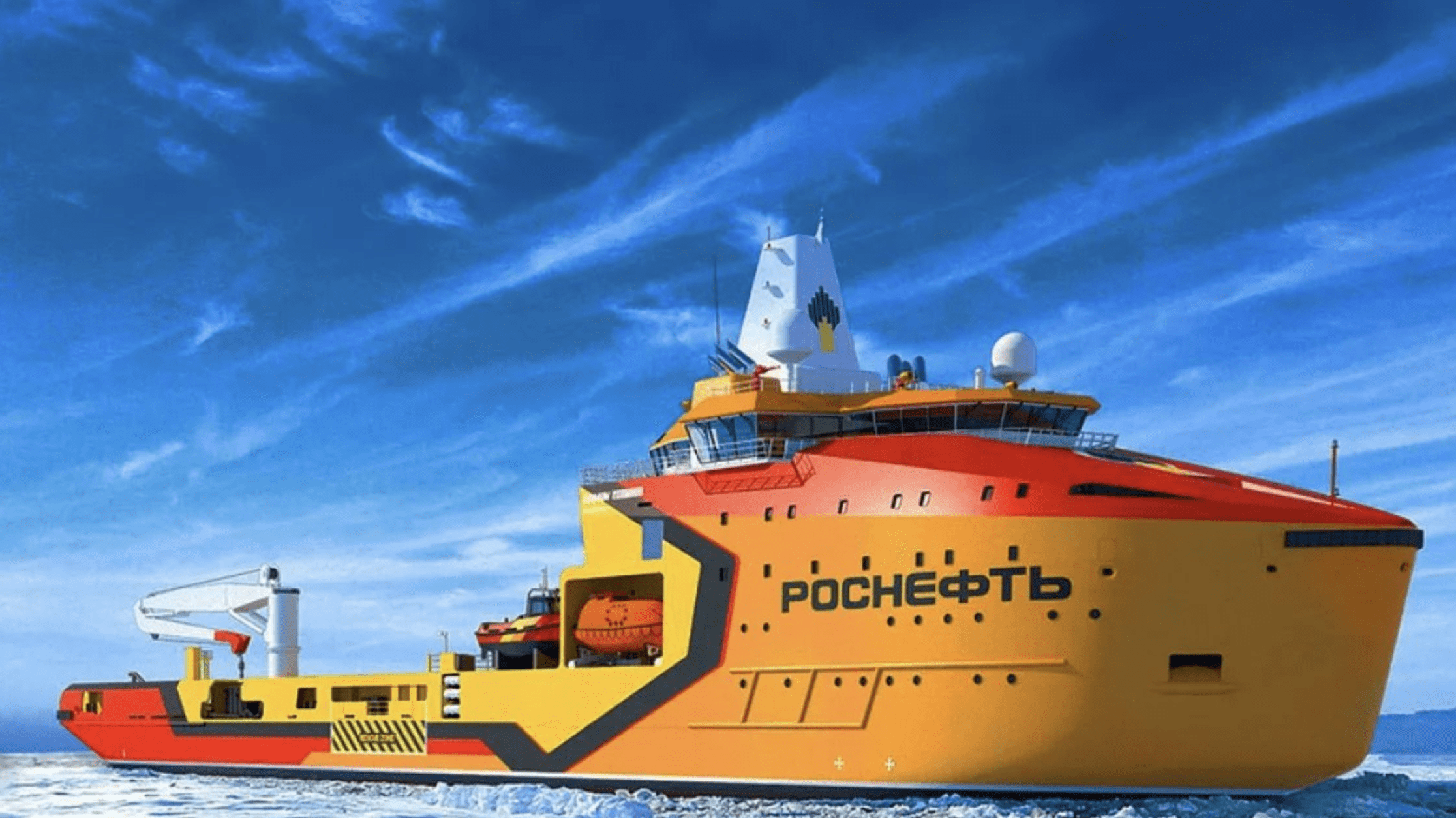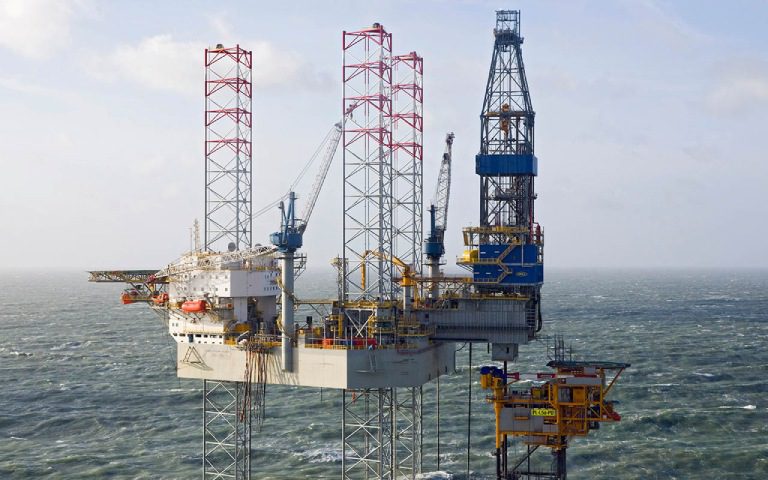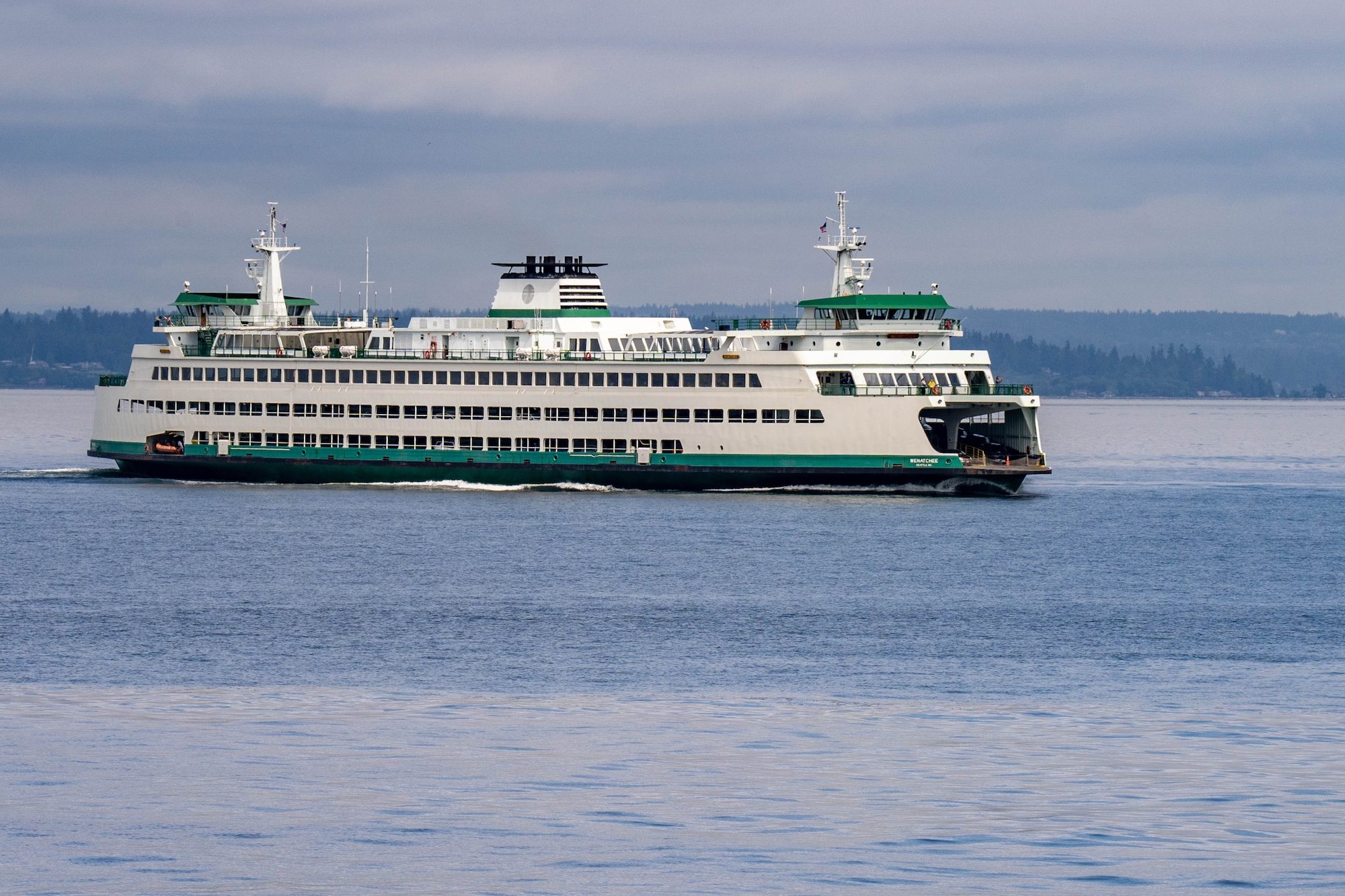Keppel Shipyard – Tuas, image: Keppel O&M
By Kyunghee Park and Jasmine Wang
China’s shipbuilders are set to spark a price war in the oil-rig market.
With orders for new ships plunging to an eight-year low in 2012, China Rongsheng Heavy Industries Group Holdings Ltd. and its local rivals are foraying into the offshore business, lured by a market that will reach about $328 billion in 2017. The new entrants are lowering prices to grab contracts, hurting margins at Singapore-based Keppel Corp. and Sembcorp Marine Ltd., the world’s two-biggest rig makers.
“It’s like moving from one bottomless pit to another,” said Park Moo Hyun, an analyst at E*Trade Securities Co. in Seoul. “Chinese shipyards are competitively trying to get into what they see as a lucrative business. But the consequence of that is they could end up distorting the whole market.”
China Rongsheng, the nation’s biggest yard outside state control, announced in October its first order to make a tender barge and rival Yangzijiang Shipbuilding Holdings Ltd. got its first rig contract last month. Shanghai-based China Rongsheng warned in December of posting a loss in 2012 after three straight years of profits.
Jinhai Heavy Industry Co., based in Zhejiang province, China, also secured its first offshore equipment contract last month.
“Whether or not the Chinese yards can earn money from the current orders is pretty much in the air,” said Vincent Fernando, an analyst at Religare Capital Markets in Singapore. “There’s a steep learning curve.”
Drill Ships
Hyundai Heavy Industries Ltd., the world’s biggest shipmaker, and other South Korean yards are also seeking to win more orders for drill ships and floating production units amid rising energy demand.
Shipyards are boosting offshore equipment business as Petroleo Brasileiro SA, Exxon Mobil and other energy companies develop new fields amid depleting oil reserves at existing wells.
The global onshore and offshore plant construction market is expected to rise to $1.26 trillion in 2017 from $989 billion in 2012, according to South Korea’s Ministry of Knowledge. The offshore oiland gas market may account for 26 percent of that, the ministry said in a Jan. 7 statement.
While demand for rigs has been booming, ship orders have plummeted because of excess fleet capacity and global economic uncertainties. Vessel prices have fallen as much as 27 percent in the past two years, according to Clarkson Plc, the world’s biggest shipbroker.
About 464 shipyards in China won 18.7 million deadweight tons of orders worth $14.3 billion last year, the lowest since 2004, according to Clarkson. That compares with contracts for 14.6 million tons worth $29.6 billion received by 88 yards in South Korea, the world’s second-biggest shipbuilding nation.
No Deliveries
Thirty-eight percent of yards in China didn’t get contracts for new vessels in 2012, and 10 percent had no deliveries scheduled beyond that year-end, the London-based shipbroking unit of ICAP Plc said in a report sent by e-mail on Dec. 24.
That’s prompting Chinese shipyards’ diversification into rigs at cut-rate prices.
China Rongsheng said it has set up an offshore unit in Singapore, where the company has hired engineers with more than 20 years of experience. That “will help compensate Rongsheng China’s lack of experience in building rigs and drill ships and shorten the company’s learning curve,” it said in an e-mail.
Yangzijiang, based in Jiangyin, China, announced last month it got a $170 million order for a jack-up rig, lower than the $205 million contract Keppel got in April for a similar product. It’s an indicator of lower margins in the future, Keppel Chief Executive Officer Choo Chiau Beng said in a December interview. Yangzijiang said in an e-mail it doesn’t expect prices to drop because of the competition.
Higher Costs
Cosco Corp. Singapore Ltd., the shipbuilding unit of China’s biggest shipping company, said in August it expects to incur higher costs as it worked on offshore projects it had never done before. That includes a contract to build a semi- submersible accommodation rig.
Net income at Cosco Singapore fell for six straight quarters partly because of costs for building the offshore projects. In 2011, the company set aside S$150.4 million ($122 million) on expected losses from these contracts, more than double the loss a year earlier.
Shipyards in China are the world’s biggest builders of bulk ships, used to haul iron ore, grain and coal. Only a handful of companies in the country have built more complex vessels such as liquefied natural gas carriers and container ships that are longer than the Eiffel Tower.
“Yards that were making medium to smaller dry bulk ships aren’t simply going to wake up one day and be able to do jackup rigs,” said Jon Windham, a Hong Kong-based analyst at Barclays Plc.
Copyright 2013 Bloomberg.

 Join The Club
Join The Club











